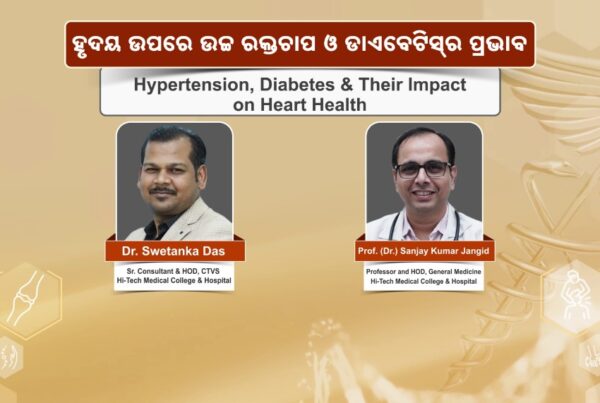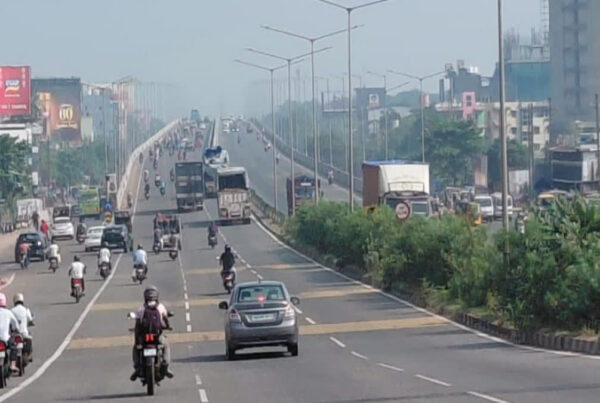A recent study by AIIMS Rishikesh has revealed a troubling trend on Uttarakhand’s roads: sleep-related issues have now become one of the top causes of traffic accidents, overtaking even alcohol consumption in many cases.
The study, conducted between October 2021 and April 2022, analyzed data from over 1,200 accident cases brought to the AIIMS trauma center. It found that about one in five road accidents were directly caused by drivers who had fallen asleep or suffered from some form of sleep disorder while driving.
An additional 26% of accidents were linked to fatigue from overwork, meaning that nearly half of all crashes involved sleep-related factors. Alcohol was still a major contributor, accounting for 32% of incidents, but the researchers noted that many of those drivers were also sleep-deprived.
The majority of sleep-related accidents occurred on straight, clear roads, typically between 6 PM and midnight—times when drivers are most likely to feel tired or drowsy, according to the report.
Lead researcher Dr. Ravi Gupta, along with co-author Dr. Vishal Dhiman, stressed that drowsy driving is just as dangerous as drunk driving, if not more so in some cases. They are now urging the government to incorporate sleep disorder screenings into driver’s license renewals and public safety campaigns.
Dr. Madhur Uniyal, who is also part of the Uttarakhand Road Safety Council, added that many drivers are aware they are too tired to drive but push on anyway. He emphasized the importance of driver education—teaching motorists to recognize warning signs of fatigue and encouraging them to pull over and rest when needed.
The study, now published in the international medical journal Cureus, serves as a wake-up call for authorities to go beyond traditional safety measures and focus on sleep health and awareness as a key component of road safety in hilly regions like Uttarakhand.
With this alarming data, AIIMS Rishikesh has made it clear: sleep is not a luxury—it’s a lifesaving necessity on the road.




